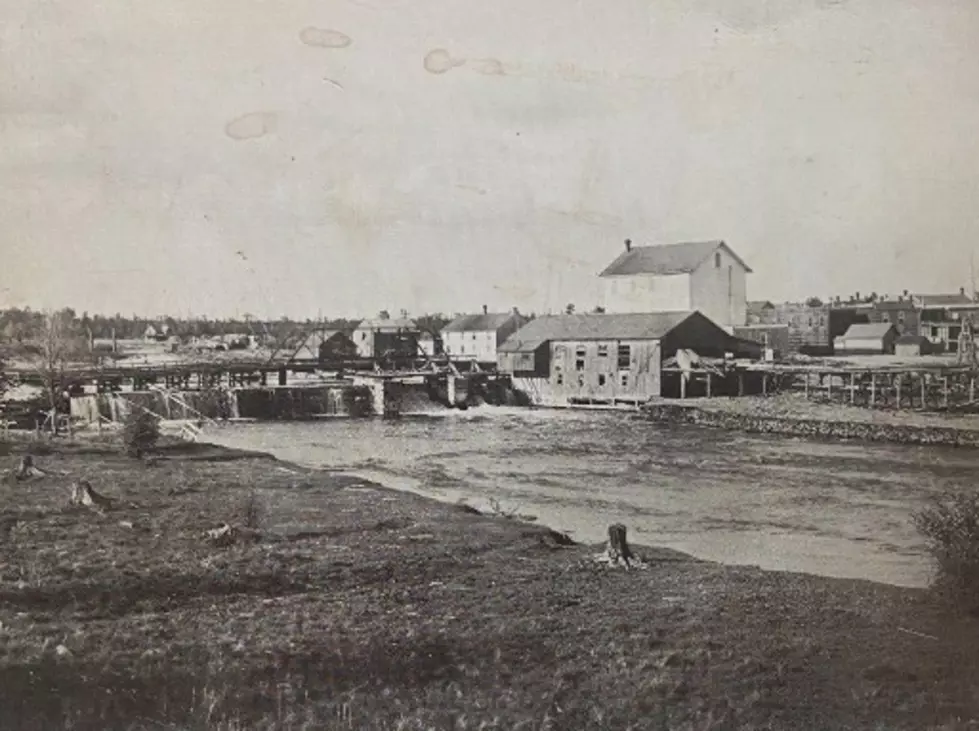
Drinkin’ Fightin’ & Sinnin’ – The Ghost Town of Walton Junction, Michigan
Known as ‘Walton Junction’ or just plain ‘Walton’, this little village in Grand Traverse County was once an important railroad station. It was at this junction where passengers would get off at the Walton Depot and switch trains headed for Traverse City.
The Stornach Lumber Company did their business nearby, with lumberjacks coming into town on their nights off, boozing it up, and getting into fights. Members of the various lumber camps would meet at the saloon in Walton Junction, get liquored up by seeing which camp could drink the most, and then set out to see which camp could beat the tar out of the other.
The lumber company built a company store in 1872 and not long afterward, the Walton House Hotel popped up to accommodate travelers. This busy little community, officially founded in 1873, ended up having three hotels, including the Union House and the Brownson Hotel – all with saloons. Walton Junction was the only place between Traverse City and Cadillac where the lumberjacks could buy alcohol and get drunk. This was a common occurrence during winter, when it was too cold to work in the forests; so, into town they would come to get soused and fight. It wasn’t just ten or twelve lumberjacks…we’re talking trainloads came here to booze it up - lumberjacks and railroad workers (I’m told there were a couple of other hotels: the GR&I House and the Commercial Hotel and a total of ten saloons).

Getting drunk and brawling weren’t the only things the jacks came into town for…some female companionship was available as well. When the jacks came into town, Walton’s “respectable” women dragged their husbands and children into the house where they wouldn’t be subjected to the ‘evil that men do’.
With farming becoming more popular in the early 1900s, the population zoomed to 250. Other businesses included a cheese factory and a potato & peach pit planter plant.
Even though the village was known as ‘Walton Junction’, nowhere on old maps or atlases does it list the community as “Walton Junction”..…just plain “Walton”.....so I'm using both names.
Although lumbering and farming was abundant, a cranberry farm was established and became Walton Junction’s true industry. The creek was dammed, forming a marsh that made it perfect for cranberry growing. Through most of the late 1800s, one thousand bushels of cranberries were produced annually…and then in July 1898, an odd, summer hard freeze ruined the crop. They couldn’t recover from the loss and the business was sold in 1910. The new owner tried to save it but by 1920, it was closed for good.
By that time the population was below 100 and a new highway bypassed the town altogether, marking the end of prosperity for Walton Junction.
The Walton Junction Cemetery remains but with no visible headstones. They have either been swallowed up by nature, or removed. Some of the bodies had been dug up and relocated to Walton Cemetery, but the rumor says around 13 bodies and/or body parts of some of the old jacks, trail workers, and Native Americans were left behind.
Ghost Town of Walton Junction
MORE GHOST TOWNS:
Ghost Town of Aura, in Baraga County
The Ghost Town of Central Mine
The Ghost Town of Sitka
More From 99.1 WFMK









